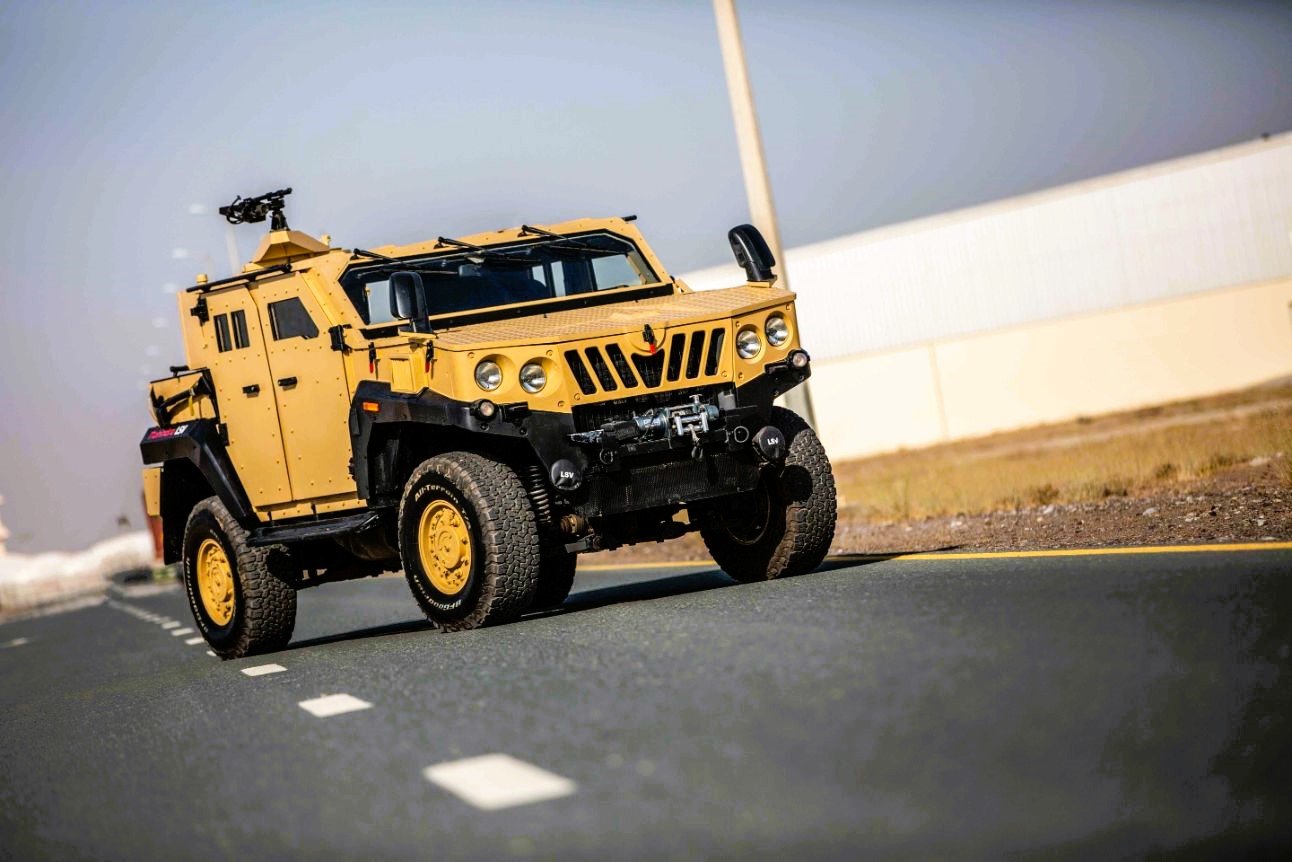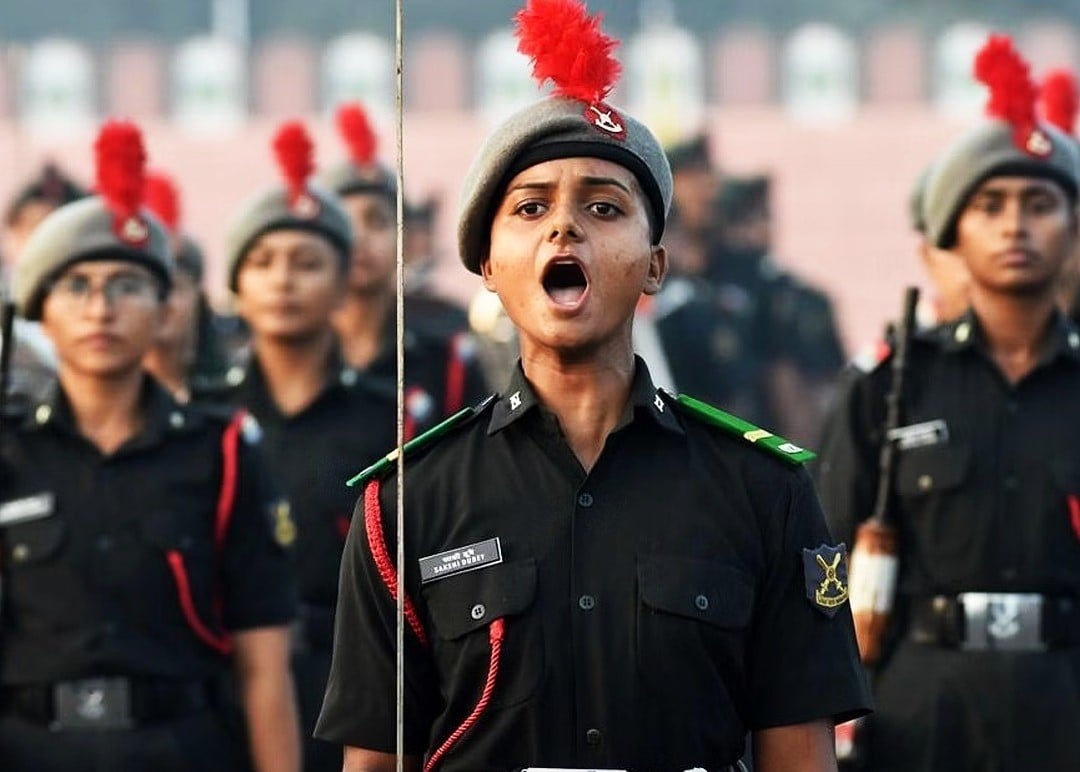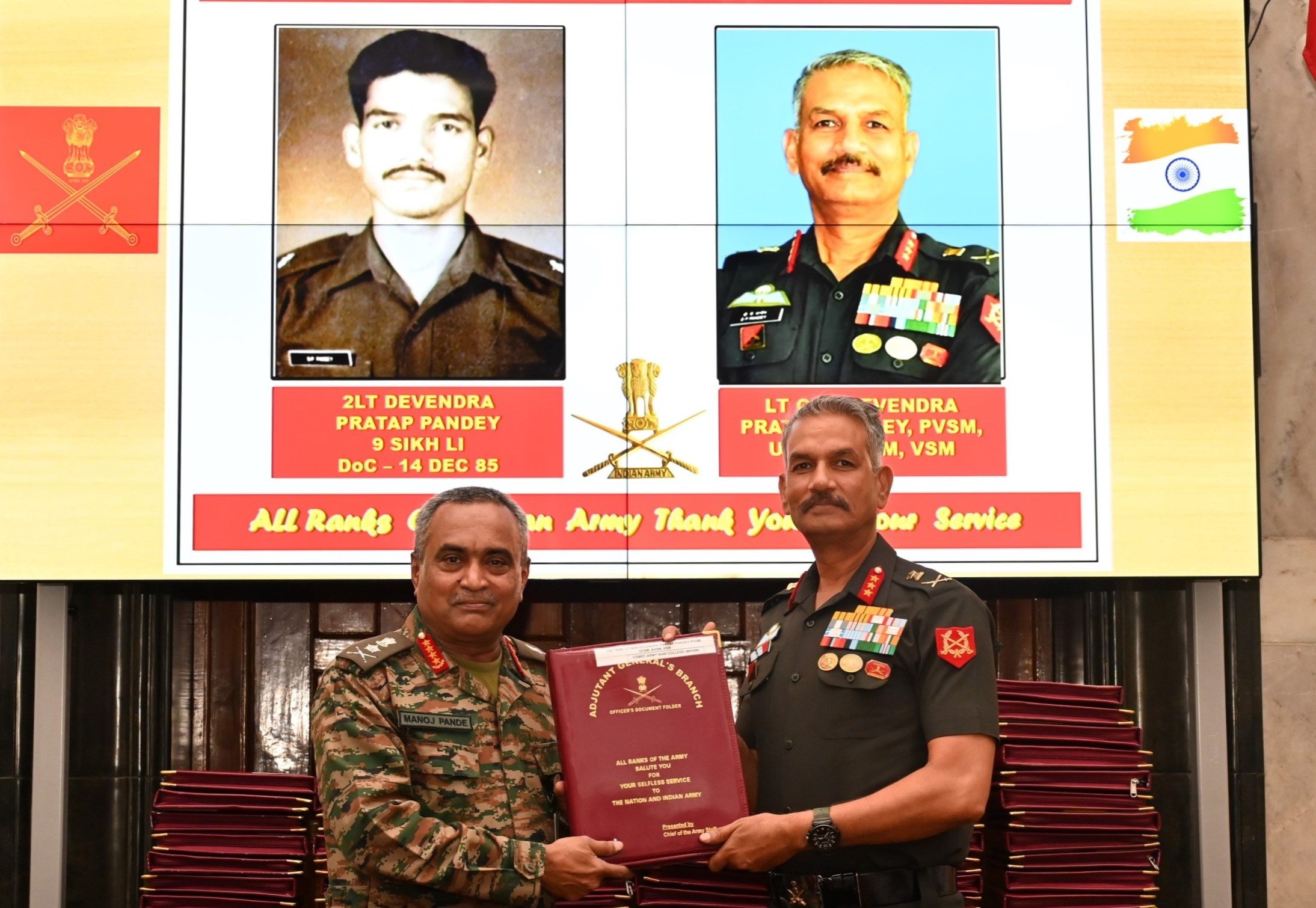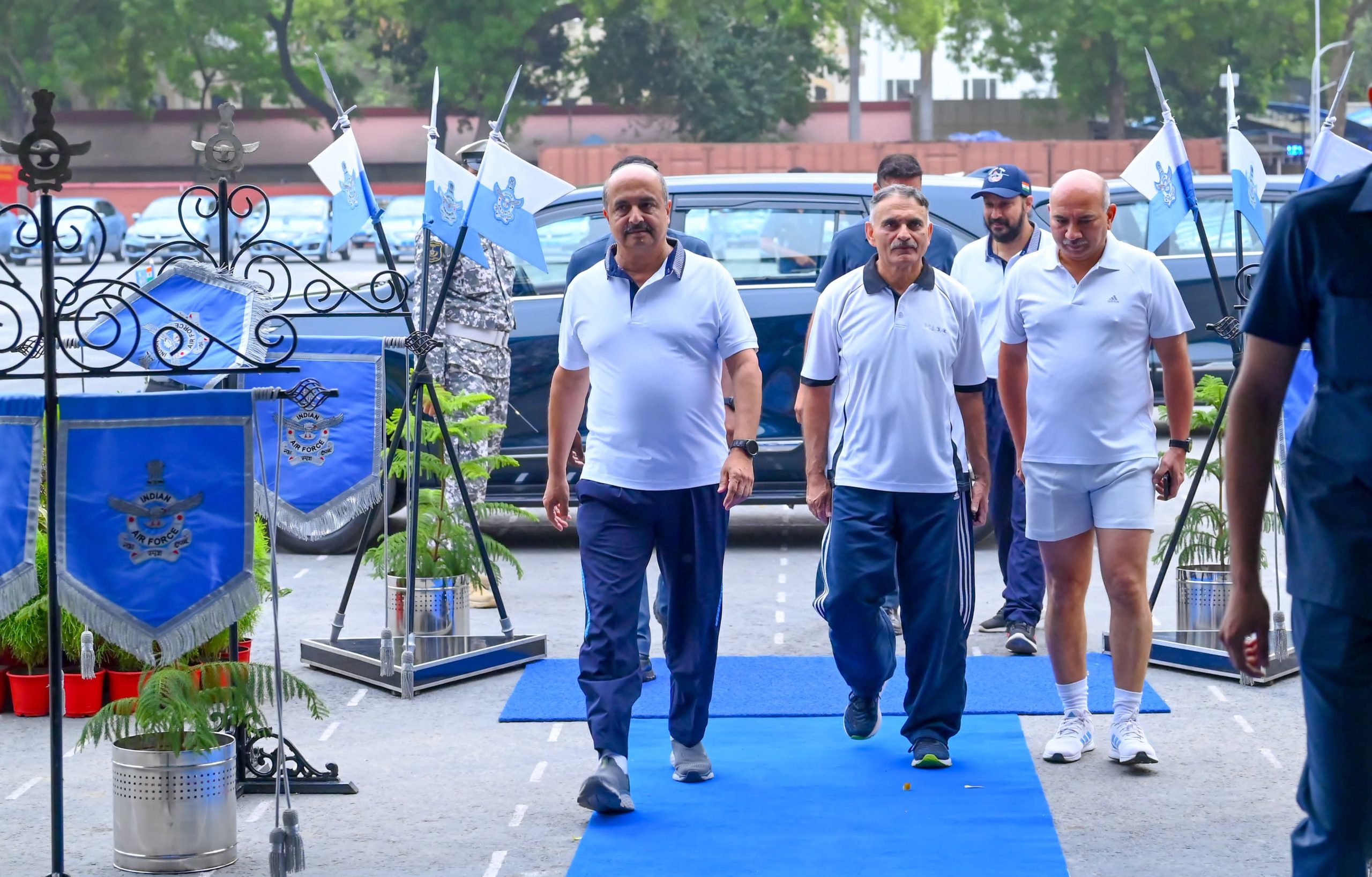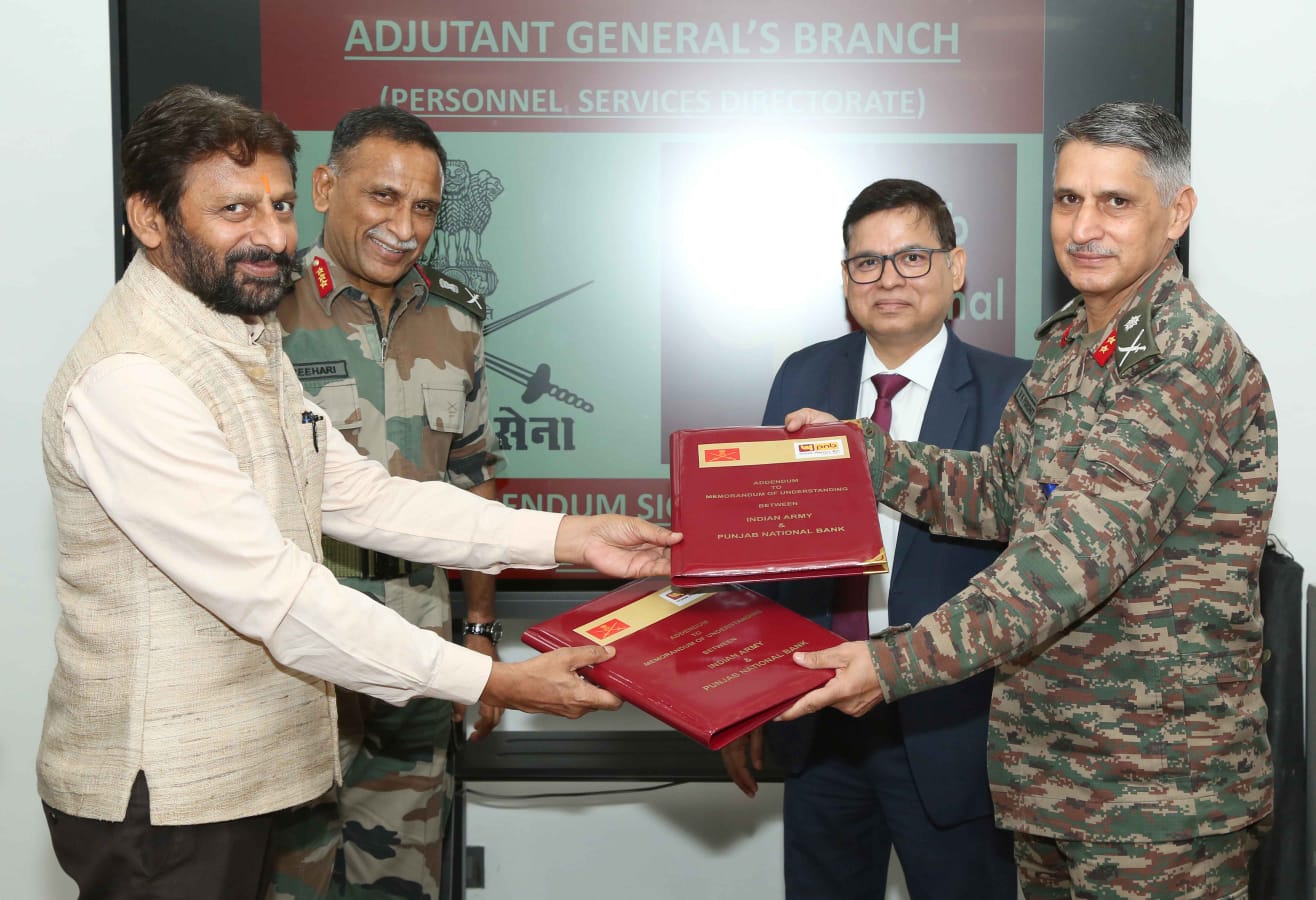Top 5 Indigenous Armored Military Vehicles Used By Indian Army
In a global landscape where military might is increasingly defined by technological superiority, India has emerged as a formidable force,…
Top 10 Military Drones of 2025: Capabilities and Features
In an era where the battlefield expands beyond the reach of the human eye, military drones have emerged as pivotal…
CDS 2 2023 OTA Chennai Merit List – 271 Candidates Recommended
The Union Public Service Commission (UPSC) has released the merit list for admission to the Officers Training Academy (OTA) in…
General Manoj Pande Commends Retiring Officers for Their Service at 133rd ROS
In a heartfelt meeting, General Manoj Pande, the Chief of Army Staff (COAS), engaged with officers who are set to…
International Yoga Day Celebrated Across the Indian Air Force
The Indian Air Force (IAF) marked the 10th International Day of Yoga (IDY) with grandeur and widespread participation today. Chief…
Indian Army and Punjab National Bank Enhance Welfare Benefits for Service Personnel
In a significant move to bolster the welfare measures for its serving personnel, the Indian Army has signed an addendum…

